Deep in the Namib Desert, paintings which are thousands of years old decorate the surface of dusty rock forms; brightly coloured stick figures hunt down their elegantly drawn prey before throwing their tarnished spears skyward in celebration, whilst elsewhere scratchily drawn Bushmen dance jubilantly round a crackling fire etched in the warmest ochre. These paintings really are some of the finest world art.
Namibian rock paintings have fascinated art and history enthusiasts since their day of discovery and continue to be some of the most mysterious pieces of art around the world. I personally think these drawings are stunning and the creative use of colour from natural materials is brilliant. Here, I’ve collected five of the most fascinating facts about these wonderful forms of world art.
1. How old are they?
The oldest pieces of Namibian rock art were discovered in a cave although they were not painted directly onto the cave wall. Instead, they were etched onto smaller slabs or stones; the Bushmen’s substitute for paper perhaps? In being portable, it was easier to examine these flakes of debris that held clues to the very distant past and, astonishingly, they were aged at around 26000 to 27000 years old.
2. They’re the oldest art forms in the world
Because of its ancient history, Namibian rock art is considered one of the longest-enduring world art forms on the planet. Today, Bushmen still create these wonderfully creative pieces in the same way that their ancestors did thousands and thousands of years before.
3. All Bushmen are artists… or are they?
So, are all Bushmen artistically talented? It takes years for an artist to hone his or her ability and it is no different for the creators of Namibian rock paintings. It is thought that beginners practiced and practiced on impermanent objects such as animal hide or in the sands of the Namib Desert. However, this method is highly disputed as it would not prepare artists for the fine lines required of a traditional rock painting. The most obvious explanation is so called apprenticeships; novices would learn from an experienced rock painter and gradually begin creating on their own as they picked up the techniques.
4. What do they mean?
Interpretation of world art is vital for getting to grips with past cultures and peoples. Many people have suggested varying interpretations of Namibian rock painting, from acting as ‘signposts’ for hunters, demonstrating ownership of land to simply painting ‘what they fancy’, suggestions have been made from all areas of the globe.
5. Interpretation in the West is not always the best
Today, Namibian rock paintings are seen as overtly spiritual and hold complex, diverse, and often religious meanings. Usually, however, the interpretation is distorted in the west, simply because Western trains of thought are completely dissimilar to those of the Bushmen who complete the rock paintings. For instance, in Western society, an image of a snake may hold negative connotations, whereas in Africa, the cobra represents a goddess.
All images from Wikipedia creative commons

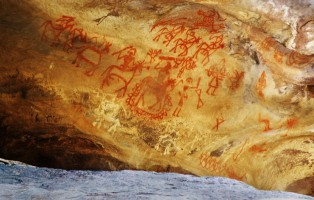
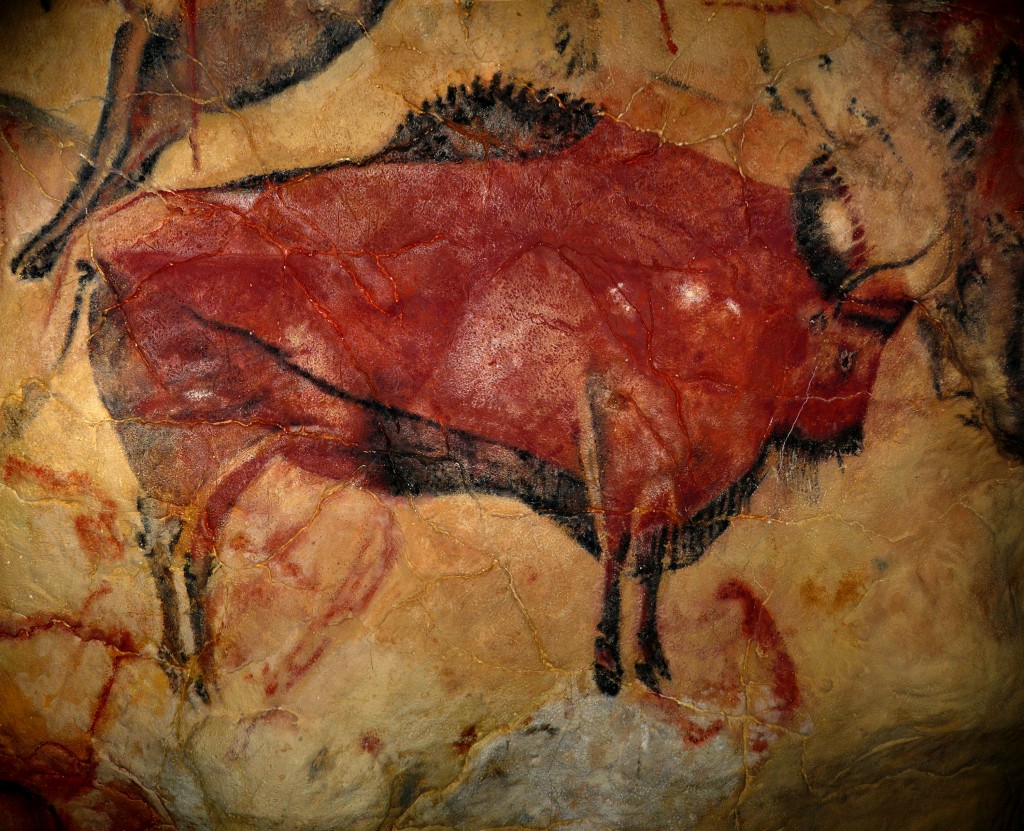
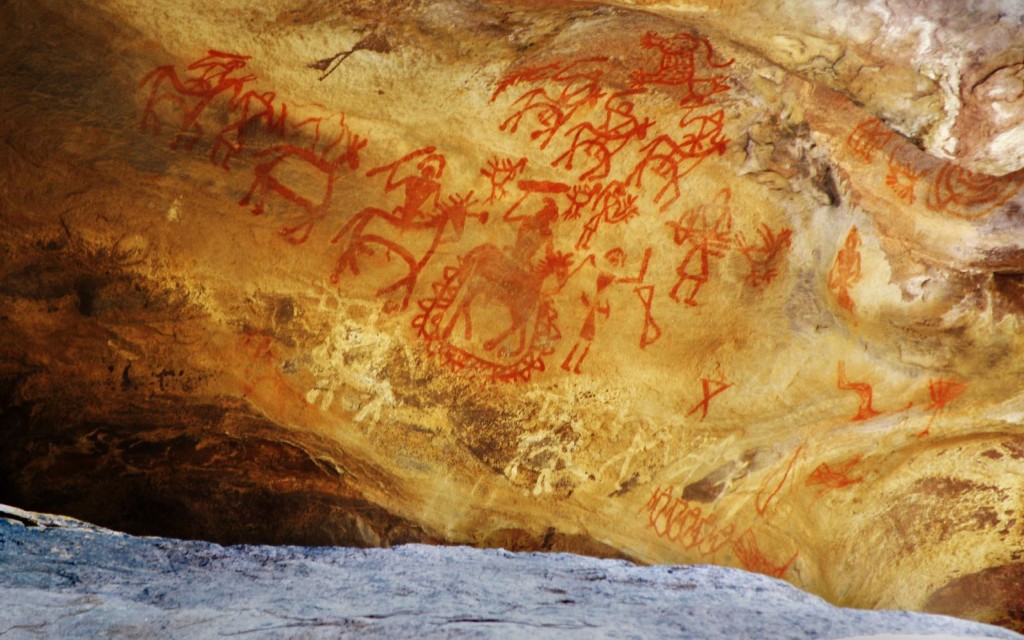
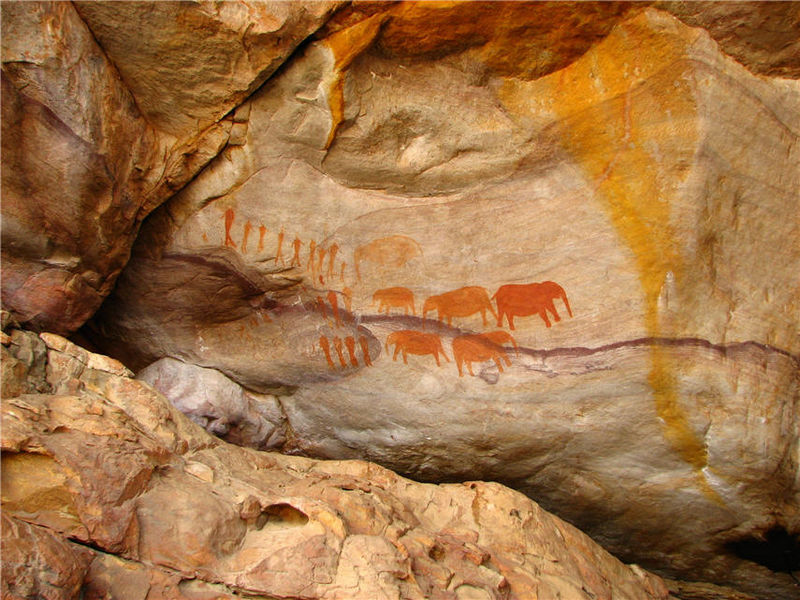

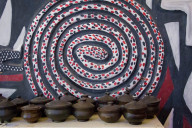
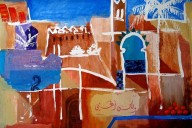
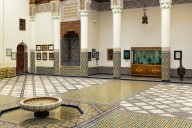





Wow, I didn’t realize the drawings were that old. Must be amazing to see! Do you know how they have been preserved so well?
Most of the paintings visible today aren’t as old as this – they might date back a few hundred years or more if lucky. The oldest ones are found when cave walls crumble, revealing the paintings that have been buried underneath layers of sand for thousands of years (which is how they are preserved)
We have been this summer to the caves of Les Eyzies, so now I understand better what it means to actually be in front of these magnificent works of art. It’s really breathtaking.
I can only image! One day I hope to visit Namibia and witness these historic pieces for myself… I believe they can tell us so much the evolution of humans.
Great post. Very interesting. I didn’t realize they were this old.
Thanks Christopher! I believe they are thought to be the oldest art form in the world, so there’s certainly some fascinating history behind them.
Wow, that’s really fascinating stuff! I’m shocked they look so good for being so old.
I’m going to put it out there and say the pictures above are some of the newer offerings, since they seem to be so clear, but it’s difficult to tell. I imagine the oldest ones (if still visible at all) are very, very faded.
Interesting stuff. I would definitely love to have the chance to see some Namibian rock paintings. Are there caves with paintings that are open to wanderers or are they all protected and closed off to the public?
Me too! There are definitely some paintings that are available for the public to see, but I assume these are not the oldest or most historic ones.